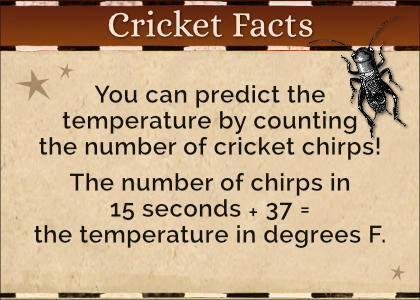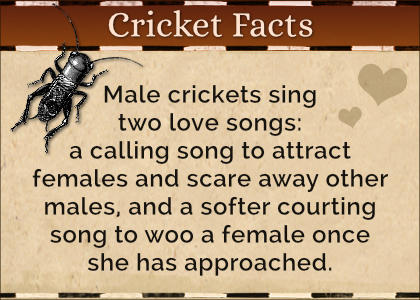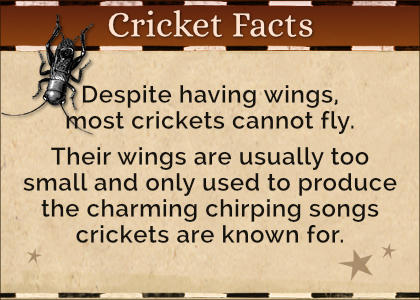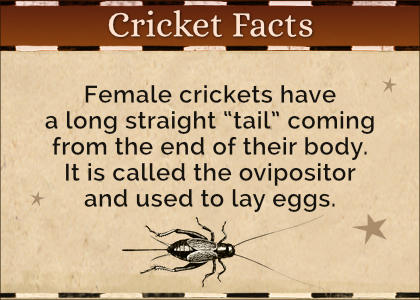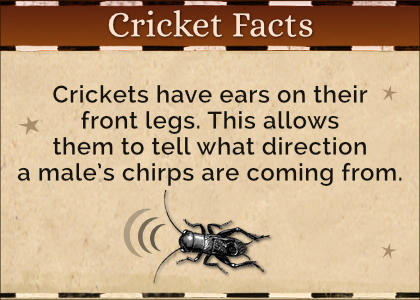These are a few questions I get asked a lot. Please read before sending me a message. Thank you.
How long will it take to complete my project?
It depends. I am a one-person design studio and usually have several projects in the works at the same time. Websites take a minimum of three weeks to produce for a simple, static html site. They can take much longer depending on the complexity, WordPress development, etc. Illustration projects really depend on the size and complexity of what you want.
Contact me with your project details and estimated deadline and we can take it from there.
How does your design process work?
My process starts with a conversation with you about the details of your project. This includes the timeline, budget, and if it is a website, the functionality as well. From the start to the end of your project, there is direct communication about the design direction. Please download an outline of my design process to give you a better idea of what you can expect when working with me. CricketBow Design Process ↓
Why did you become an illustrator?
In short, it all started when I was a kid and got my first book about dinosaurs. I was fascinated by the pictures of Tyrannosaurus Rex, Triceratops and all the other giant lizards that once roamed the Earth. I loved to copy the pictures in the books and color them in different ways. Fast forward years later and reading books by Edward Gorey, Berkeley Breathed and many other children’s book authors/illustrators and being inspired by the fantastic images they created. I like to draw. Funny things, creepy things, cute and cuddly things, slimy things, hairy things… I like to draw!
What artists influenced you the most?
Arthur Rackham: Probably my #1 influence. I have yet to see an artist that can match Rackham’s pen-and-ink and watercolor work. The amount of texture and beauty portrayed in his work is nothing short of amazing. His trees have a magical quality to them that makes you want to try to feel the bark even though you know it’s only a 2-dimensional drawing. The fairies he portrays are both fun and mischievous and characters in the fairy tales he illustrates can make you feel everything from happiness to fear.
Albrecht Dürer: Dürer’s engravings and woodcuts are masterly in their execution. He was able to express the most minute details in the typically more “blocky” medium of woodcuts. His representations of cloth and drapery are what draw my attention to his paintings every time I see them.
Leonardo da Vinci: Being that I went to school for an industrial design degree, it is no surprise that Leonardo is one of my favorites. He is truly the “Renaissance Man”. It seems he could do most anything he put his mind to — from drawing and painting on paper or buildings to sculpting massive statues, and from designing architecture to creating flying machines and weapons of war. I also heard he made a mean taco salad. Studying his work always made me wonder what he would have done with his life if he were born in the 20th century instead of the 15th.
Bernie Wrightson: I think any artist that works in pen and ink after the 70s is going to be influenced by this man. It is sad that he recently passed away, but he left us with a wealth of some of the greatest comic book and pen and ink art ever created. Do yourself a favor and just go buy his masterly achievement, Frankenstein illustrated novel — and I'm not talking the Kindle version. Go buy the actual book. Only there where you properly see the amount of detail he conveyed.
Edward Gorey: His fun and quirky style of art coupled with his macabre story-telling makes for an interesting experience when reading one of his books. The Gashlycrumb Tinies are the perfect example of this. Although the subject matter is morbid, you cannot help but laugh as you look at Gorey’s artwork and read the accompanying text. (I think the letter F is probably my favorite in that book.)
Dr. Seuss: There are few authors/artists that leave the kind of mark on the world that Ted Geisel left. One of the most unique artistic styles and writing styles of the 20th century, you can’t help but be drawn into his stories like a Truffula tree into a Thneed factory. What I really love about his work is that even though many of the words and creatures were imaginary, there was still some profound social commentary and moral messages. What I’ve noticed from trying to write my own children’s books, is that it’s much more difficult to write a book in rhyme than it seems. Seuss makes it look so easy.
Who are some of your favorite artists?
Aside from those listed above, I really like the work of Tim Burton, Brian Froud, Gris Grimly, Tony DiTerlizzi, Berkeley Breathed, Dave McKean, John Bauer, Alan Lee, Dean Morrissey, Maurice Noble, Charles Vess, Andrew Loomis, and William Stout.
Why did you become a web designer?
I have always liked technology. I got my first Apple IIc computer in 1984 and used my first Mac in 1985. After graduating college, I wanted to create a website for my artwork. So, back in 1997 I started playing around with HTML tables in a program called Claris Homepage and created my first website. It was terrible. I learned a lot and I continue to learn new things about web design and development all the time. The Web is constantly changing. It’s a fun, scary, huge, educational, humorous, immersive, intangible place. I like it.
I really like your free icons. Can I use them on my website?
No! These icons are for your personal desktop computer use only. I can provide you with a quote if you would like icons or other graphics created for your website.
How many surrealists does it take to screw in a light bulb?
Fish.
OK, that was just a joke I really like.



